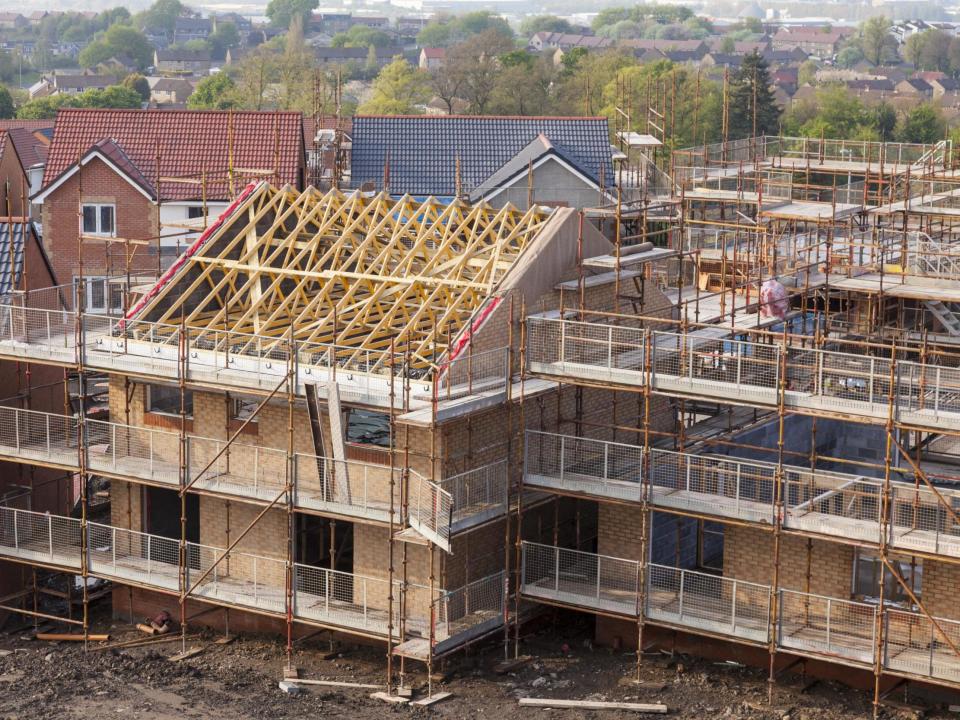House price pressure builds as buyers and sellers flood into the market

A majority of property agents have reported a rise in house prices for the first time in 18 months, according to the latest report to show that price pressure is building up as buyers and sellers return to the market.
The number of surveyors reporting a rise in prices outnumbered those seeing a fall by 17 per cent, the first time that the net balance has been positive since July 2018, according to the industry body RICS.
Buyer enquiries, new instructions by homeowners and the number of agreed sales all rose during January. At the national level, the number of homes being listed for sale increased in January according to RICS, which represents surveyors and estate agents.
The number reporting an increase outnumbered those seeing a fall by 19 per cent, almost double the 11 per cent seen in the previous survey.
January also saw an increase in the number of people looking to buy with new buyer enquiries rising to a net balance of 23 per cent from 19 per cent in December. On top of that, agreed sales rose for a second month in a row and by a net balance of 21 per cent.
Simon Rubinsohn, RICS’ chief economist, said the survey pointed to a continued improvement in market sentiment over the month, building on a noticeable pick-up in the immediate aftermath of the General Election.
“The rise in new sales instructions coming onto the market is a noteworthy and much needed development, given the lack of fresh listings over the past few years had pushed stock levels to record lows,” he said.
“It remains to be seen how long this new-found market momentum is sustained for, and political uncertainty may resurface towards the end of the year. But, at this point in time, contributors are optimistic regarding the outlook for activity over the next 12 months.”
Looking ahead, respondents to the survey expect this refreshed optimism to continue with sales anticipated to rise across all UK regions, both in the near term and for the year to come.
This up-turn in activity is also reflected in the level of market appraisals undertaken over the month, which was higher than a year ago, marking the first positive reading for this series since it was introduced in 2017: a net balance of +20% of respondents nationally reported an increase.
Graeme Lusk, of surveyors Walker Fraser Steele in Glasgow, said it was a good time to put a property on the market. “There is still an under supply of quality properties on the market and buyers waiting,” he said.
Observers fear that a long-term lack of supply combined with strong buyer interest and historically low borrowing costs will drive up the prices of homes even further out of the reach of first-time buyers.
However official figures on Wednesday showed that the number of homes being both started and completed across the UK rose to their highest levels for 11 years in the 12 months to April last year. However, the 165,730 homes completed and the 202,260 started were well below the government’s target of 300,000 a year.

 Yahoo Finance
Yahoo Finance 